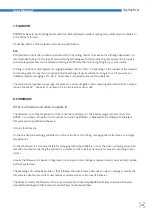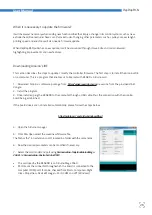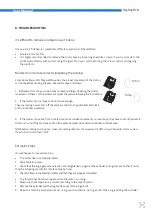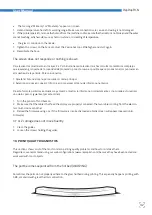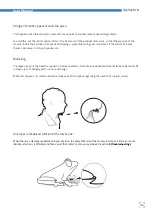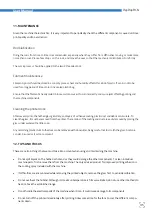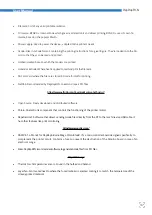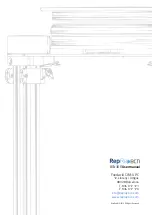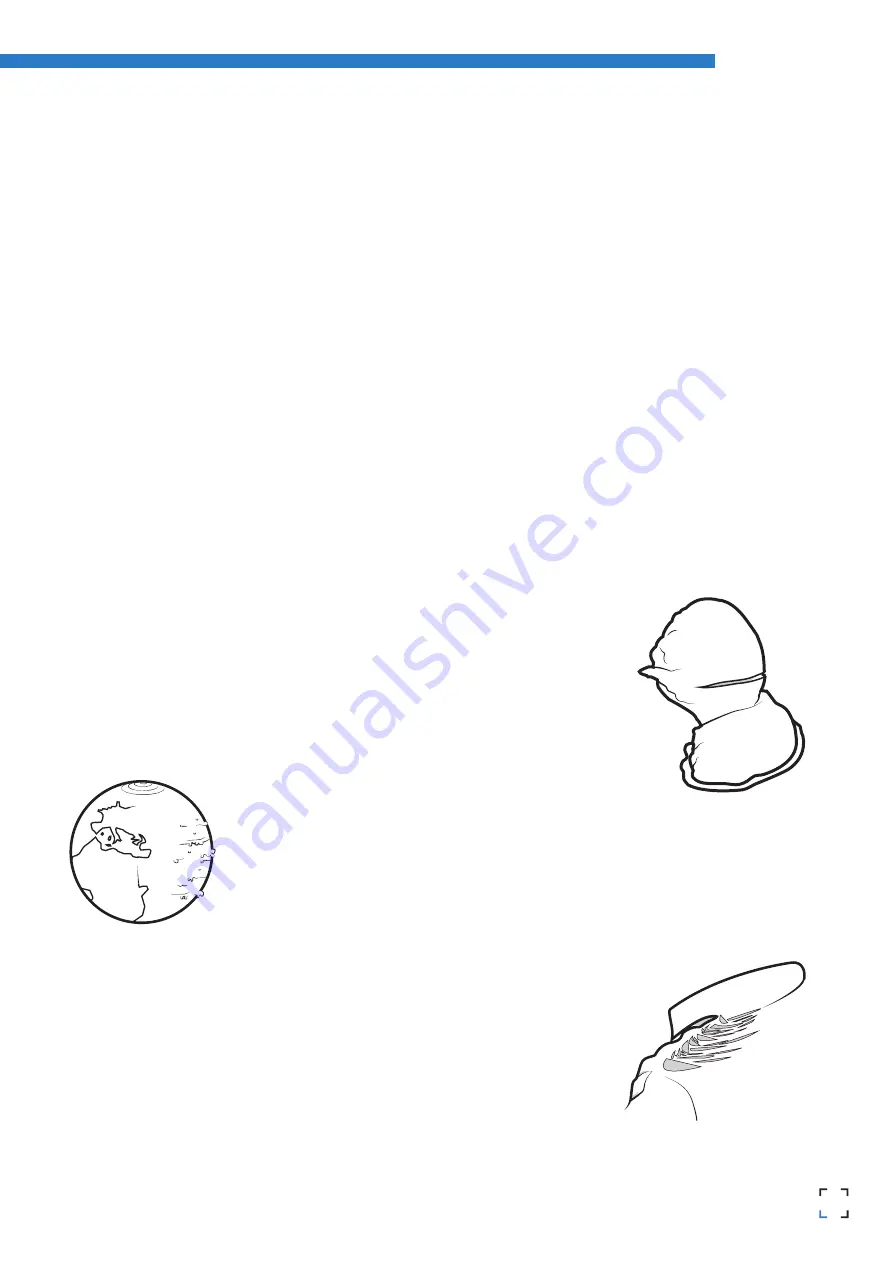
33
32
RepRapBCN
User Manual
In this case, try the following steps:
1. Clean the glass to prevent dust or other substances interfere between the base and the piece.
2. Soak the glass surface with a layer of the included adhesive spray
3. Raise the base temperature five degrees celsius.
4. Calibrate the base as shown in section 11 Maintenance.
5. Print the first layer with the hotend closer to the base. To do this, loosen the three screws from the base an
eighth of the way or loosen the screw that actuates the Z axis endstop a fifth of the way. The two actions will get the
base and hotend 0.1mm closer so the first layer adheres better.
6. Make the first layer extrude more material (from Slic3r,
PrintSettings/Advanced/FirstLayer
).
First layer material is not extruded throughout its geometry
1. It might happen that the first layer does not adhere properly to the glass, or leaves a steady stream of plastic
thread (little droplets forming a line) throughout the figure. The problem is that the machine is not correctly calibra-
ted; the extruder is too far from the base. Check the calibration section in chapter 11 (Maintenance) to see how to
regulate the Z axis endstop.
2. The symptons above are present in just part of the first layer. The reason being that the printer is not correctly cali-
brated, the X axis is not parallel to the base and this causes the extruder to move away from or get too close to the base at
some points. Check the calibration process section in chapter 11 (Maintenance) to know further about orienting the printer
dock. 11 Maintenance, focusing on the orientation of the plane of the printer dock.
Cracks appear in the middle of the piece
This happens because the area of the piece closest to the extruder is hotter than the
lower layers.
To avoid these cracks the extrusion temperatura must be raised five degrees celsius, so
that the layers adhere more strongly.
Fused
When working with fused material, gravity causes it to drip from the nozzle. Strategies
to minimize this problem and achieve better surface finishes, even with complex geo-
metries, should be seek.
Deposition
The thread of material being extruded has the outer diameter of the nozzle orifice. By
depositing the fused thread layer by layer, the entire surface of the part is printed.
Note that the manufacturing process occurs sequentially, which allows differentia-
tion between different aspects of each model (such as perimeters and filler) and
choose among different print strategies (order, framework and filling rate, etc).
Summary of Contents for BCN3DR
Page 1: ...R...










